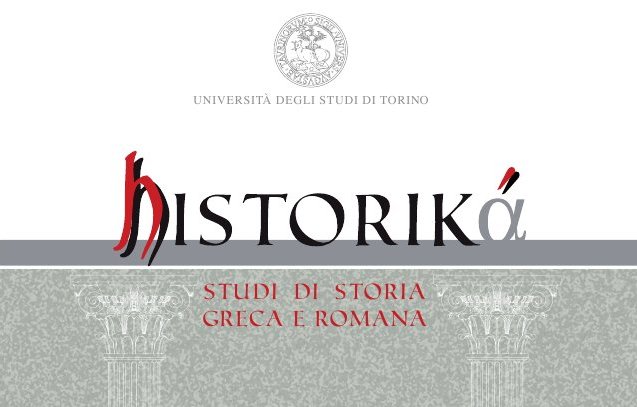Giove Dolicheno e Turmasgade a Dülük Baba Tepesi: note epigrafiche
DOI:
https://doi.org/10.13135/2039-4985/2595Abstract
Le ricerche condotte sin dal 2001 dall’Università di Münster (Forschungsstelle Asia Minor) a Dülük Baba Tepesi (Gaziantep, Turchia) hanno permesso di identificare il santuario centrale di Giove Dolicheno e di chiarire molti aspetti di uno dei culti più diffusi nell’Impero romano. Un contributo essenziale deriva dai ritrovamenti epigrafici, malgrado essi siano spesso frammentari e di numero esiguo, a causa del costante reimpiego del materiale lapideo. La prima parte di questo articolo intende offrire una breve panoramica delle testimonianze più interessanti, recenti e meno recenti, provenienti da questo sito, attraverso cui meglio si colgono le trasformazioni di questo luogo di culto nel corso dei secoli e l’evoluzione della figura del dio a cui era destinato. In seguito ci soffermere-mo su un’iscrizione votiva per Turmasgade, una divinità orientale conosciuta a Roma e in altre zone dell’Impero, su cui si sa molto poco. Come si cercherà di chiarire, questo ritrovamento è particolarmente rilevante perché conferma il legame tra Turmasgade e Giove Dolicheno, legame già emerso nella documentazione da Dura Europos risalente al secolo scorso, e pone nuove questioni sui rapporti tra queste due divinità.
The archaeological excavations conducted since 2001 by the University of Münster (Forschungsstelle Asia Minor) at Düluk Baba Tepesi (Gaziantep, Turkey) have identified the main sanctuary for the worship of Iuppiter Dolichenus and have cast light on various aspects of one of the most widespread cults in the Roman Empire. Epigraphic material is fragmentary and limited, due to the continuous re-use of the stones, but nonetheless crucial. The first part of this article offers a brief overview of the most relevant inscriptions found in this site, through which we can better assess the transformation of this worship place and the evolution of its deity. The remaining section focuses on a votive inscription for Turmasgade, a mysterious Oriental god to whom inscriptions have been dedicated in Rome and other regions of the Empire. As I will show, this find is particularly relevant: it confirms the link between Turmasgade and Iuppiter Dolichenus, which had already emerged from the epigraphic material found in Dura Europos, and it raises new questions on the relationship between these two deities.
##submission.downloads##
Pubblicato
Fascicolo
Sezione
Licenza
Gli autori che pubblicano su questa rivista accettano le seguenti condizioni:
- Gli autori mantengono i diritti sulla loro opera e cedono alla rivista il diritto di prima pubblicazione dell'opera, contemporaneamente licenziata sotto una Licenza Creative Commons - Attribuzione che permette ad altri di condividere l'opera indicando la paternità intellettuale e la prima pubblicazione su questa rivista.
- Gli autori possono aderire ad altri accordi di licenza non esclusiva per la distribuzione della versione dell'opera pubblicata (es. depositarla in un archivio istituzionale o pubblicarla in una monografia), a patto di indicare che la prima pubblicazione è avvenuta su questa rivista.


 The journal has been approved for inclusion in DOAJ. The DOAJ listing of the journal is available at
The journal has been approved for inclusion in DOAJ. The DOAJ listing of the journal is available at 
